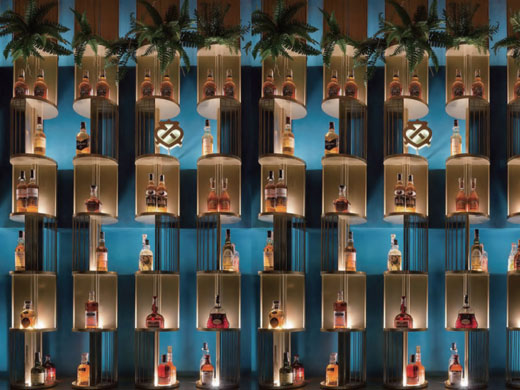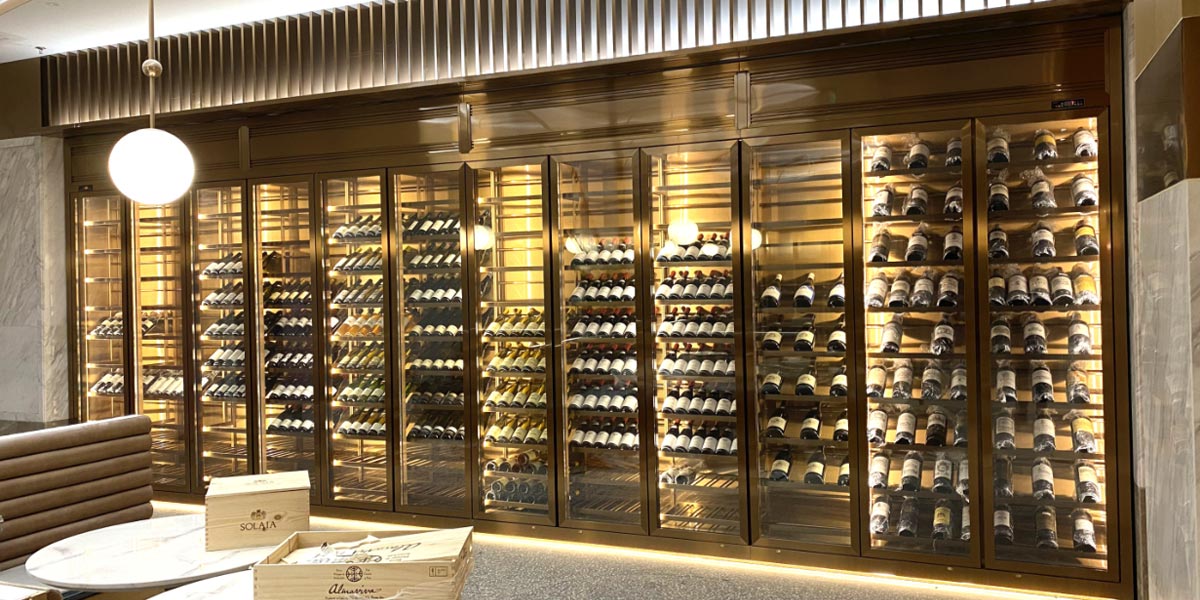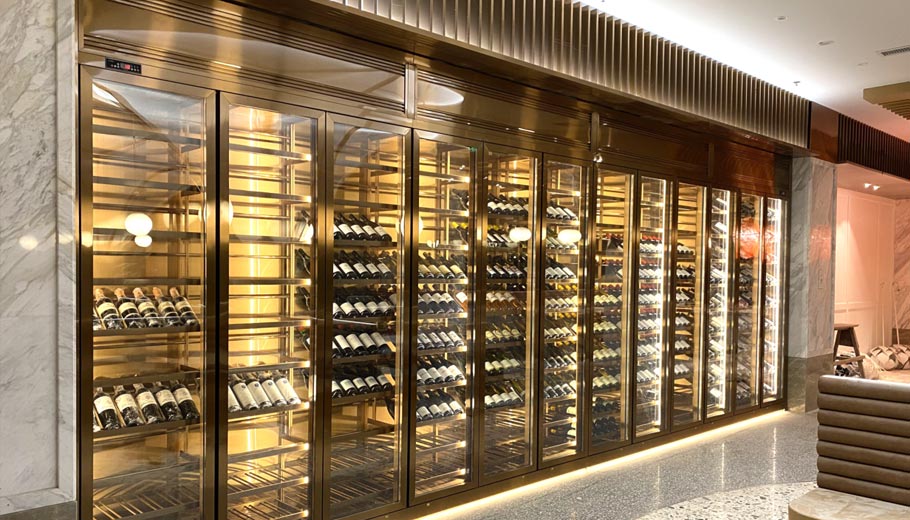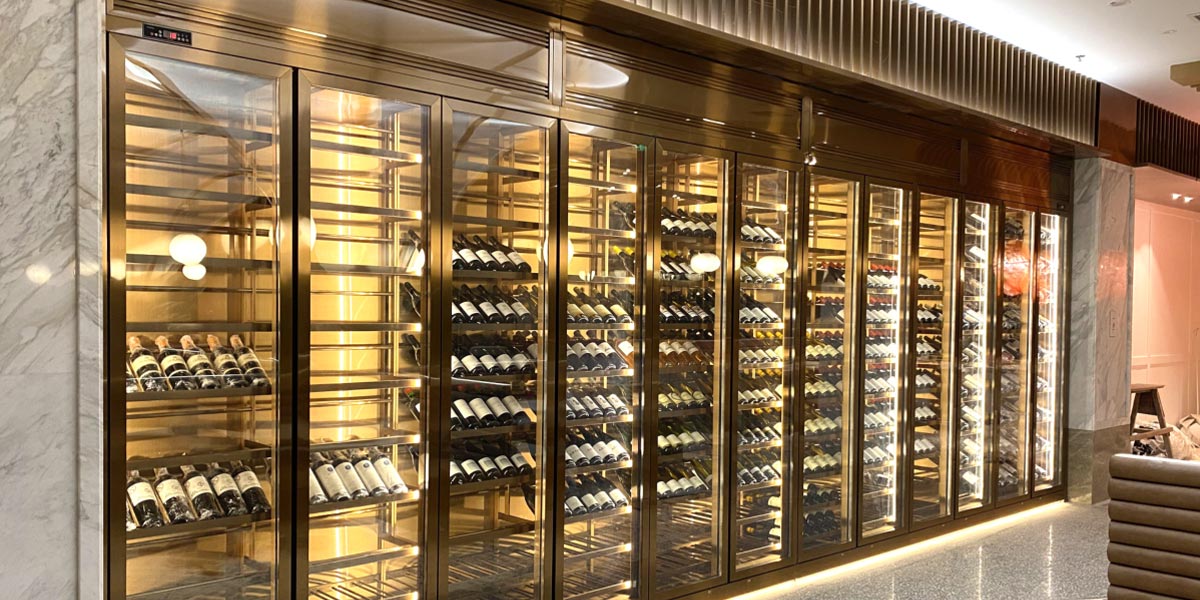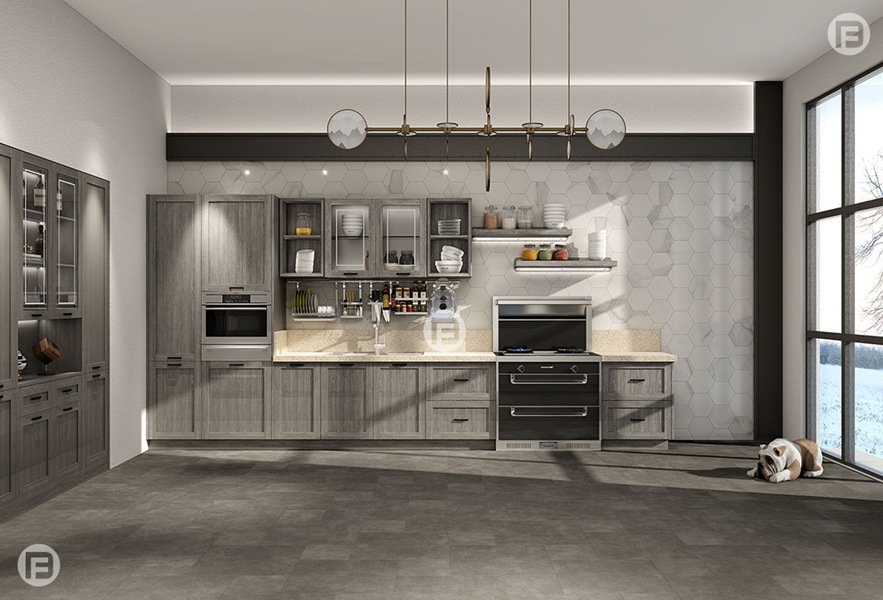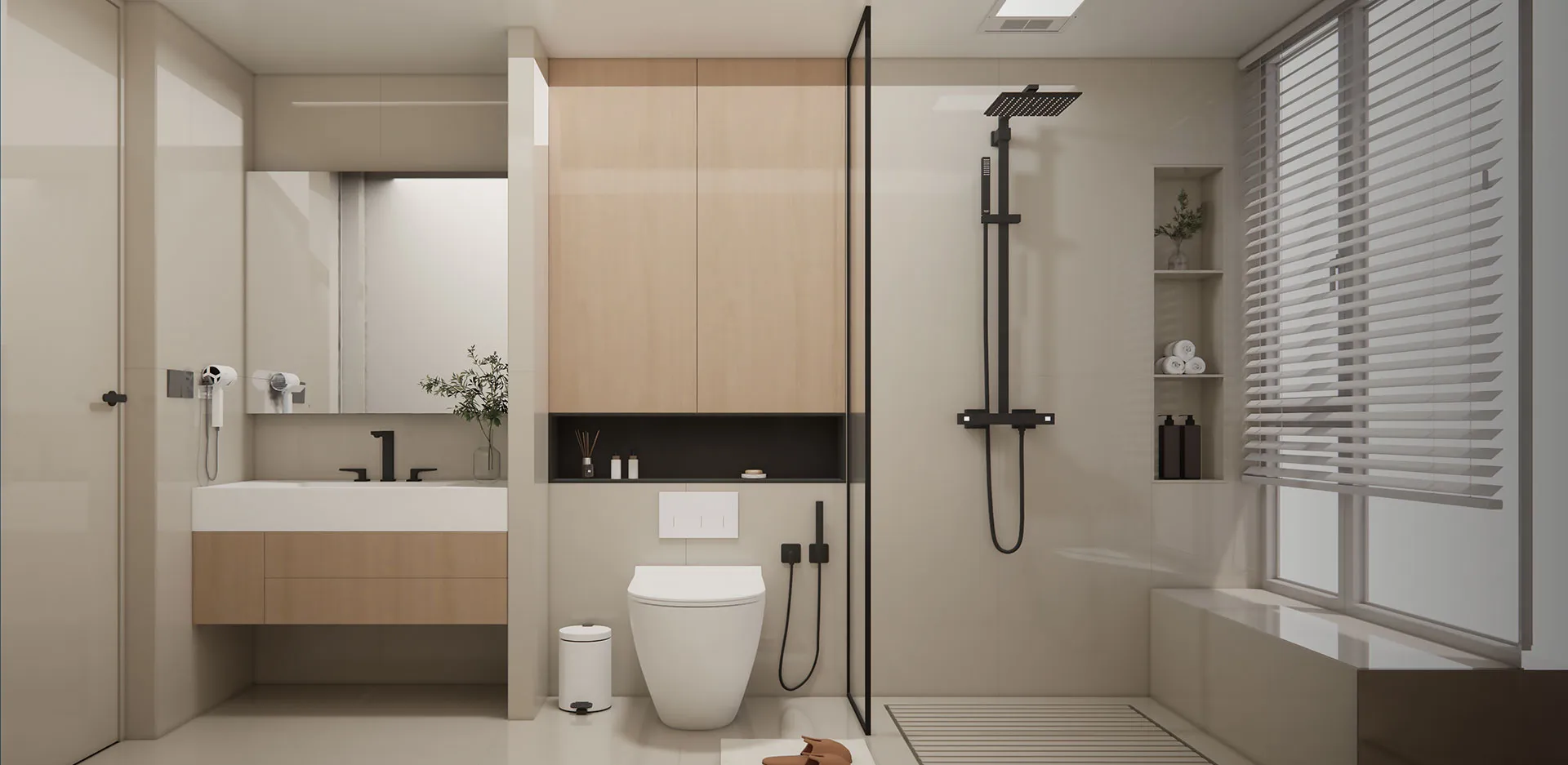A Comparative Guide to Wine Cabinets: Stainless Steel, Wood, and Glass
For wine enthusiasts, a wine cabinet is more than just storage—it's a statement of taste, style, and preservation intent. With a wide variety of materials used in wine cabinet construction, the most common and sought-after options include stainless steel, wood, and glass. Each material offers its own advantages and trade-offs, influencing not only the aesthetics of your space but also the performance, durability, and maintenance of the cabinet.
1. Stainless Steel Wine Cabinets: Modern Elegance and Durability
Aesthetic Appeal
Stainless steel wine cabinets are a hallmark of modern and contemporary interior design. Their sleek, metallic finish and minimalistic lines give off a clean and professional look, making them a favorite in high-end kitchens, wine cellars, and commercial settings such as restaurants or wine bars.
Durability and Maintenance
One of the most appealing qualities of stainless steel is its exceptional durability. It is resistant to corrosion, rust, and stains, which makes it particularly suitable for humid environments or temperature-controlled wine rooms. Stainless steel is also relatively easy to clean; a simple wipe with a damp cloth is usually enough to remove smudges or fingerprints.
Temperature Stability
Many stainless steel cabinets come equipped with advanced cooling systems and are well-insulated, making them ideal for maintaining a stable temperature and humidity level—both critical factors in wine preservation.
Drawbacks
However, stainless steel wine cabinets can be more expensive than their wooden or glass counterparts. They may also lack the warm, inviting aesthetic that some homeowners prefer for traditional or rustic settings.
2. Wooden Wine Cabinets: Classic Charm and Natural Insulation
Aesthetic Appeal
Wooden wine cabinets exude a timeless elegance and warmth that few other materials can match. Available in a wide range of wood types—including oak, mahogany, cherry, and walnut—wooden cabinets can be easily tailored to match both classic and transitional interior designs. Carvings, stains, and finishes add to their charm and character, making them not only functional but also decorative furniture pieces.
Insulation Properties
Wood has natural insulating properties, which helps maintain a consistent temperature within the cabinet. This can be particularly useful if you live in areas with minor temperature fluctuations and do not want a completely climate-controlled cabinet.
Customization and Versatility
Wooden wine cabinets are highly customizable in terms of size, shape, and interior shelving. Some models even include drawers, glass doors, and built-in lighting for a more luxurious experience.
Drawbacks
On the downside, wood is more susceptible to damage from moisture, termites, or warping over time. Without proper maintenance, it can crack or deteriorate, especially in very humid or very dry climates. Wooden cabinets also require more regular upkeep and may not offer the same level of cooling performance as metal units unless equipped with an internal refrigeration system.
3. Glass Wine Cabinets: Sleek Transparency and Display Value
Aesthetic Appeal
Glass wine cabinets are ideal for collectors who enjoy showcasing their wine selection. With transparent or tinted panels, these cabinets turn your wine collection into a centerpiece, adding an element of luxury and modern flair to any room. LED lighting can be added to enhance the visual effect, highlighting bottle labels and interior craftsmanship.
Visual Monitoring
One of the key benefits of glass cabinets is visibility. Owners can easily check inventory without opening the doors, reducing temperature disruption and making wine selection more convenient.
Material Innovation
Most glass wine cabinets are constructed using tempered or double-pane glass for safety and insulation. Some advanced models incorporate UV-resistant glass to protect the wine from harmful light exposure.
Drawbacks
Despite these advantages, glass is more fragile than wood or steel. Although tempered glass is strong, it can still crack or shatter under certain conditions. Additionally, glass tends to show fingerprints, smudges, and dust more easily, requiring frequent cleaning. It is also less effective at natural insulation, making advanced climate-control systems a must.
Which One Should You Choose?
Your ideal wine cabinet material depends on your priorities:
Choose stainless steel if you value modern aesthetics, low maintenance, and durability, particularly in commercial or high-traffic environments.
Choose wood if you're seeking traditional elegance, natural insulation, and furniture-like charm for your living room or study.
Choose glass if your priority is visual display, contemporary design, and easy inventory viewing—ideal for collectors and entertainers.
Ultimately, whether you’re a casual wine drinker or a seasoned collector, the right wine cabinet can significantly enhance your wine storage experience. Stainless steel, wood, and glass all offer unique benefits that align with different tastes, lifestyles, and storage needs. Consider not only the appearance but also the practical aspects such as temperature control, durability, and maintenance when making your choice. With the right material, your wine cabinet can protect your investment, reflect your personal style, and bring lasting enjoyment for years to come.
Hot News
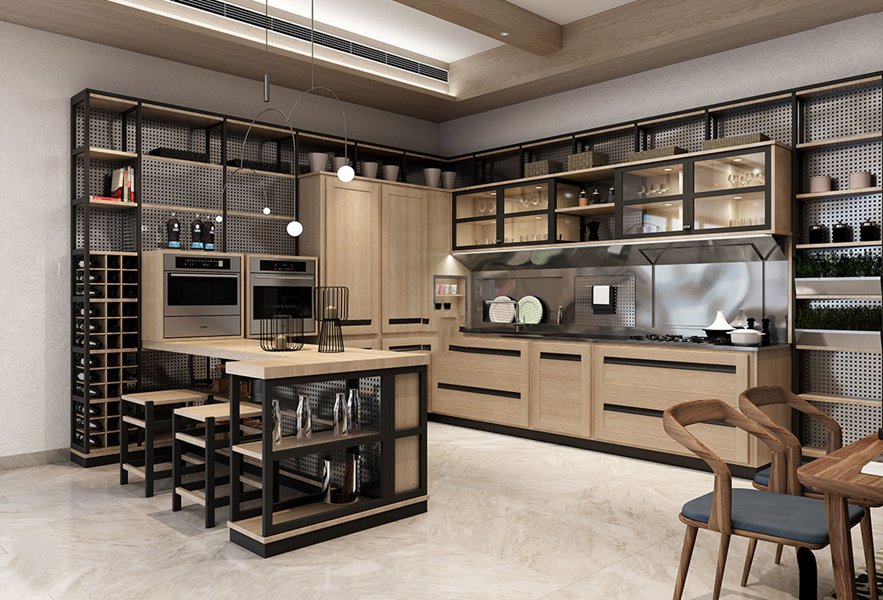
Best Outdoor Stainless Steel Cabinets: Features, Prices, and Buying Tips
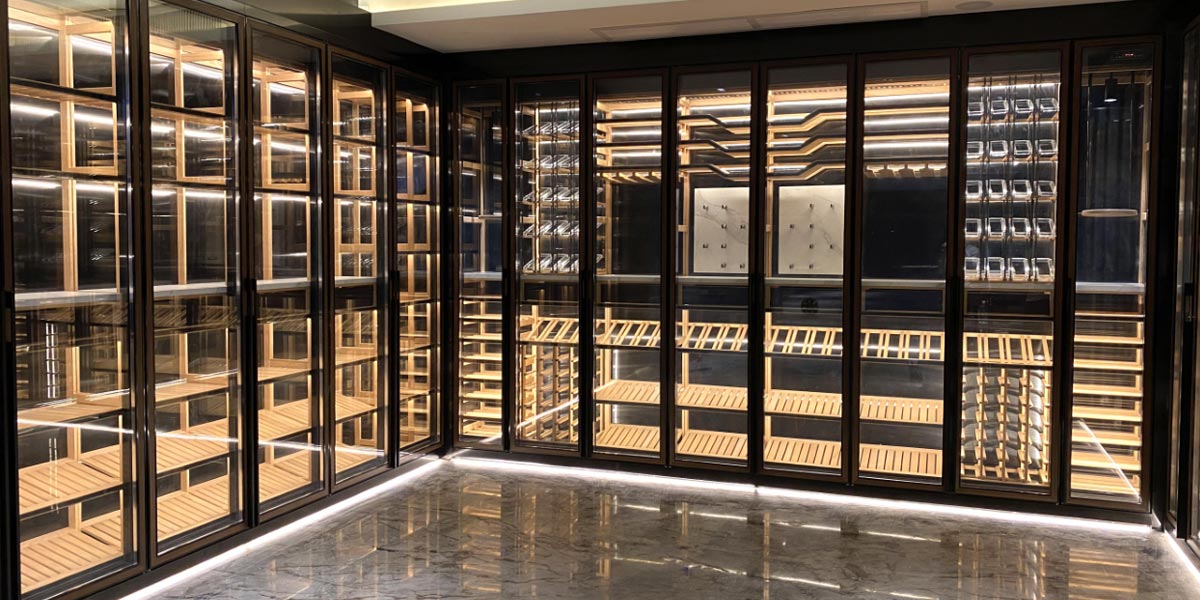
Built-in vs. Freestanding Stainless Steel Wine Cabinets
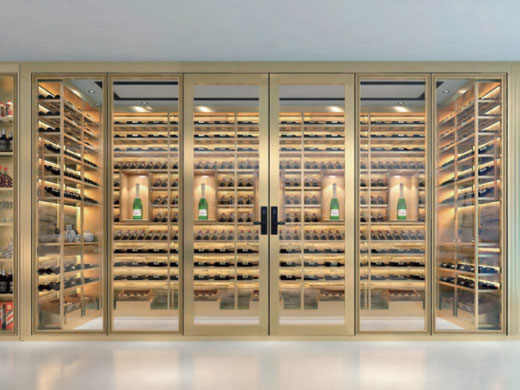
Stainless Steel Wine Cabinet: Ultimate Guide for Modern Wine Storage
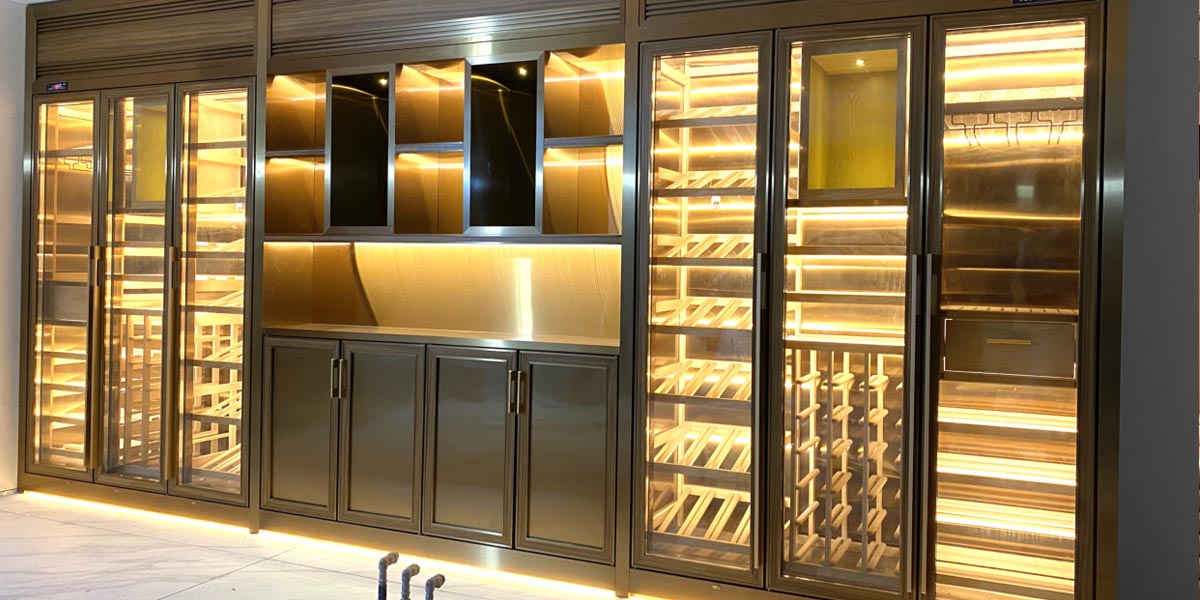
How to Choose the Right Stainless Steel Wine Cabinet: A Complete Buyer’s Guide
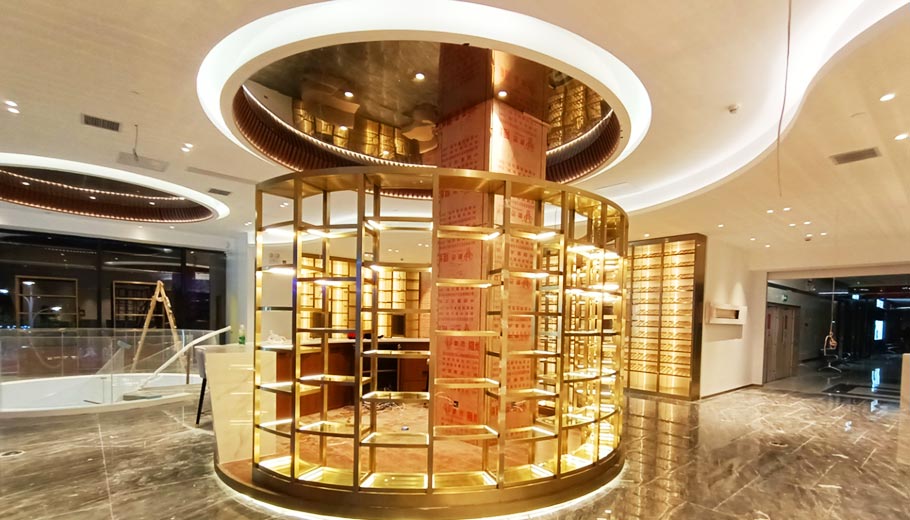
What Size Stainless Steel Wine Cabinet Do You Need?
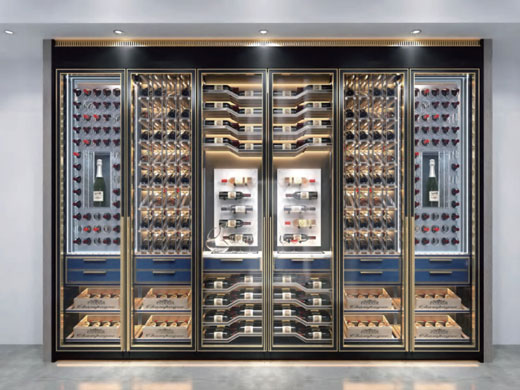
Single-Zone vs. Dual-Zone Stainless Steel Wine Cabinets: Which One Should You Choose?
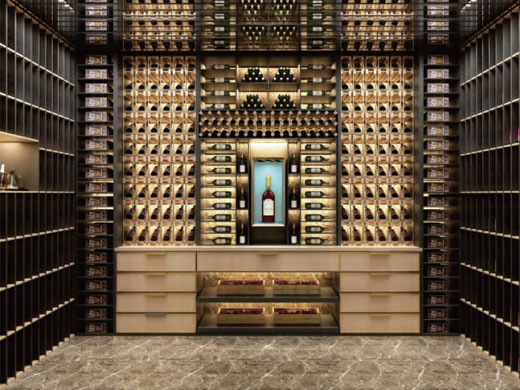
Best Commercial Stainless Steel Wine Cabinets for Bars & Restaurants
